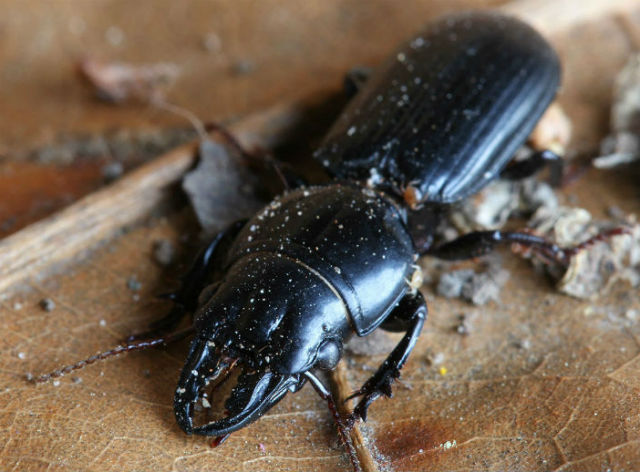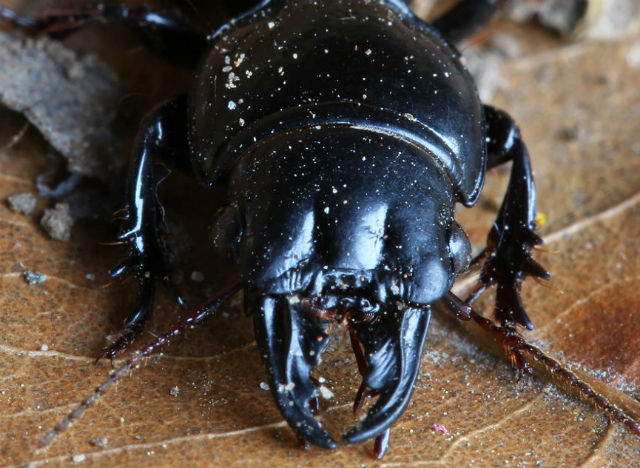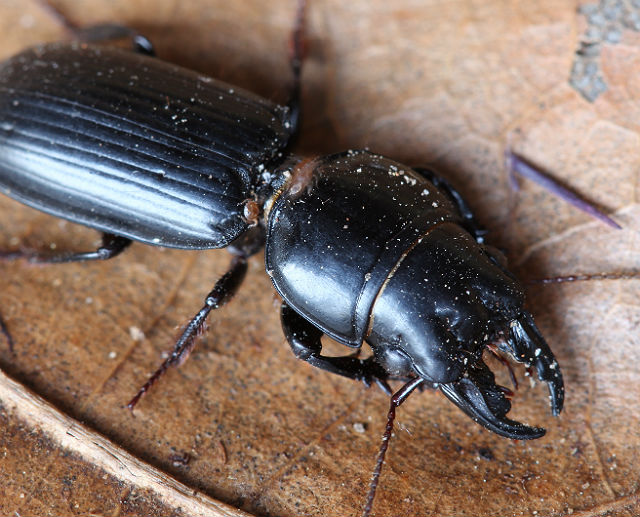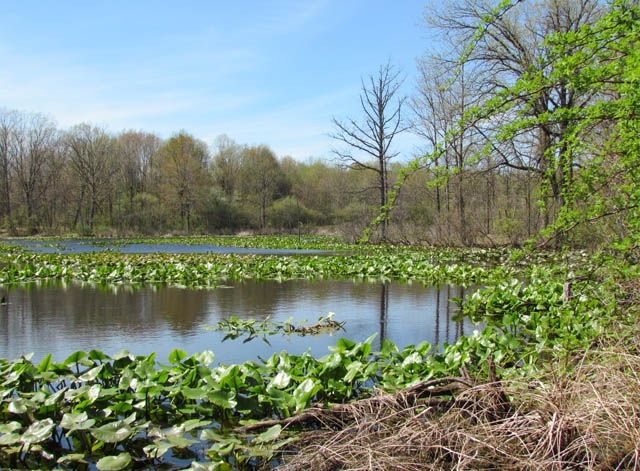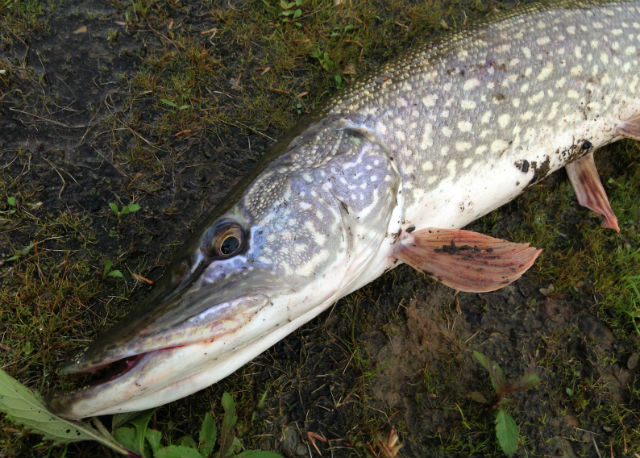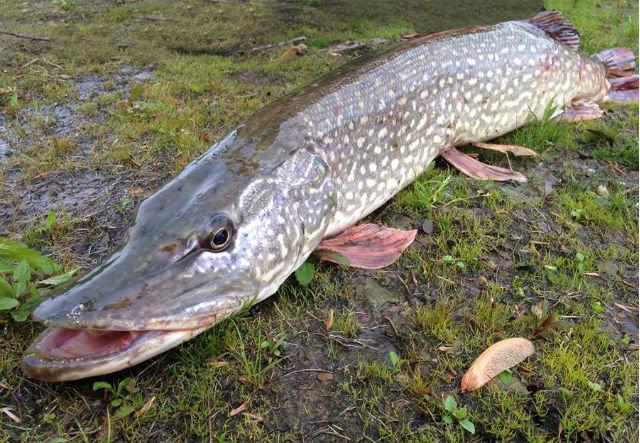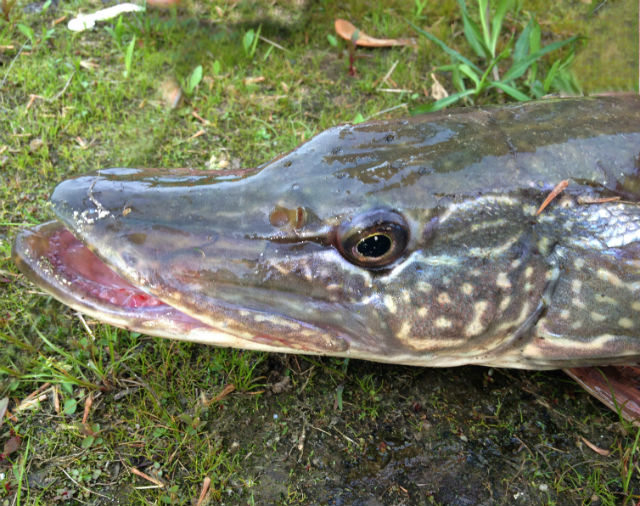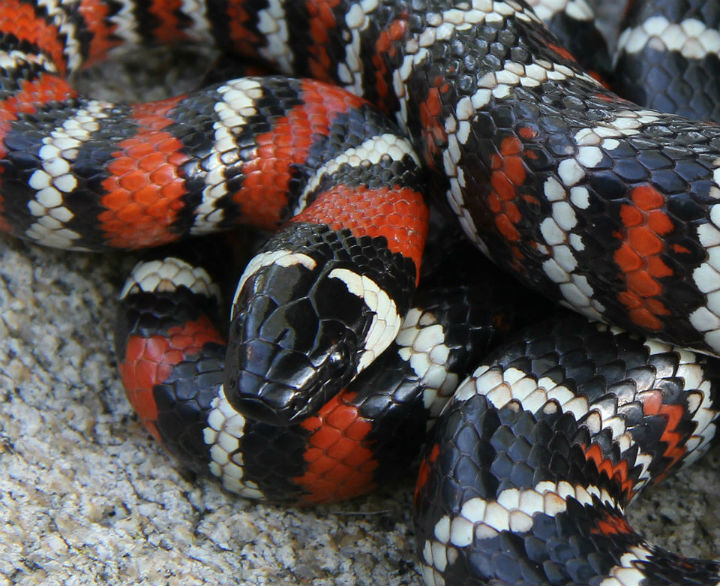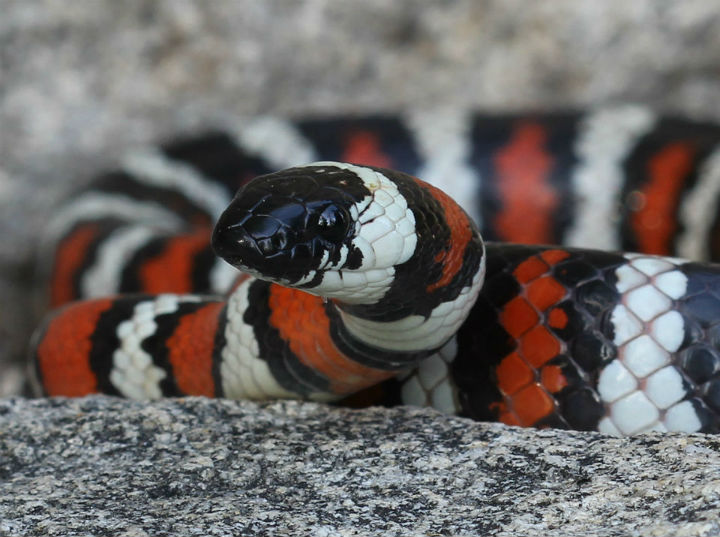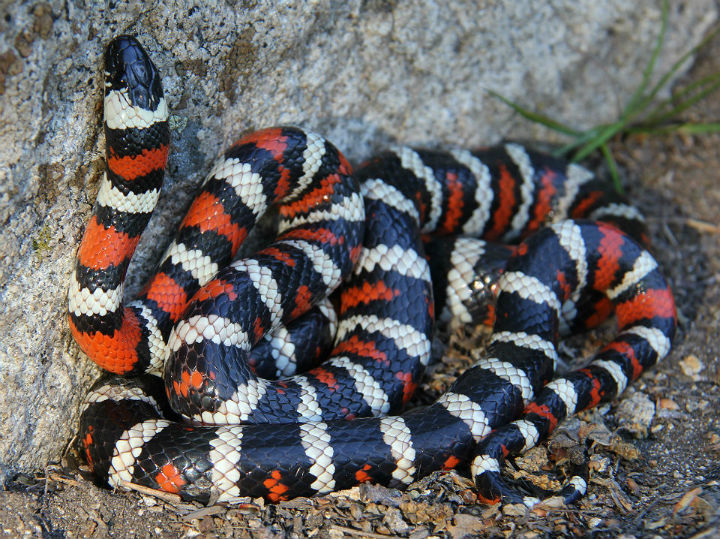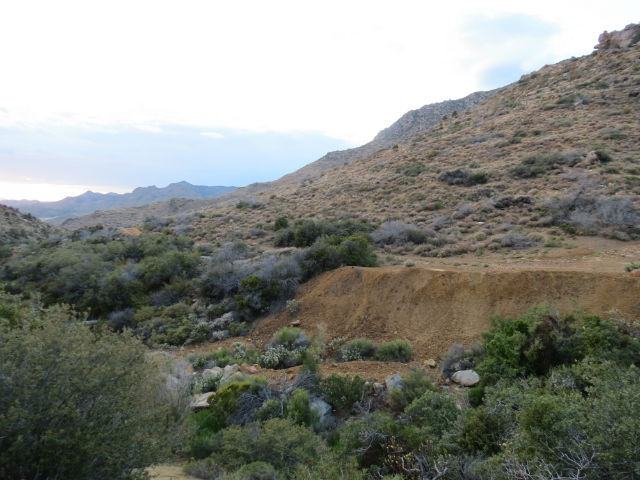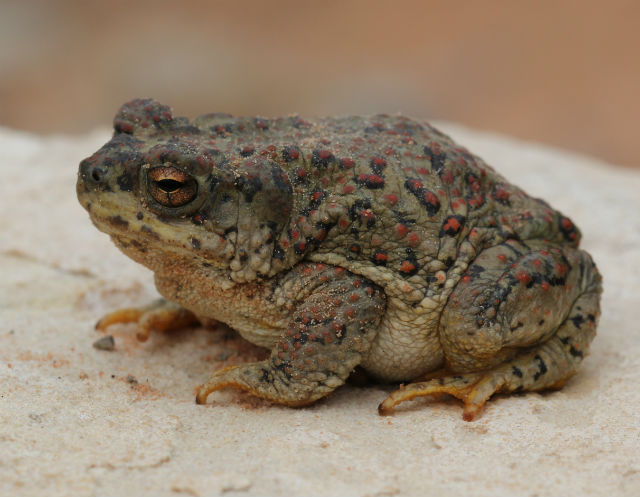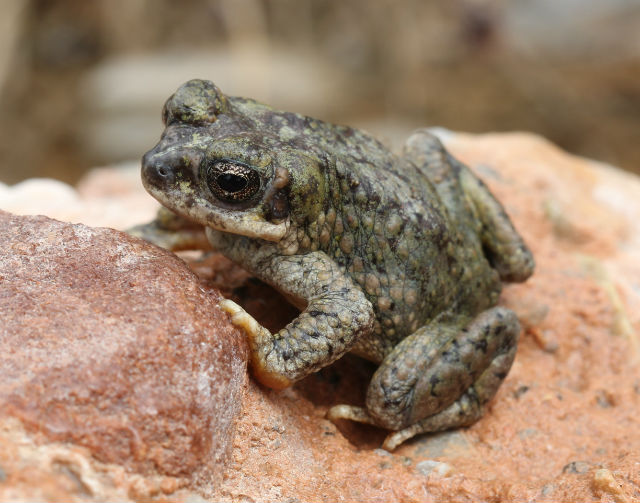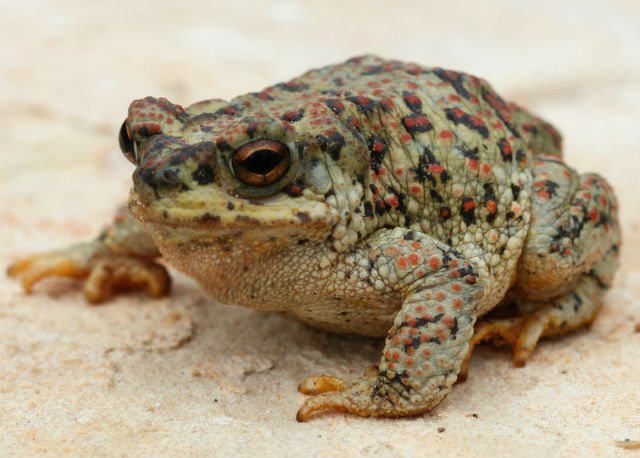Although a bit scary looking, due to its small size, this insect poses no danger to humans. These distinctive, shiny-black creatures are usually about 3/4″ long and are named because of their large mandibles.
These beetles share physical characteristics of the tropical stag beetles, but are not closely related. Big-headed Ground Beetles can often be found under loose rocks and boards. If touched, they often “play dead” by folding in their legs and arching their backs.
They are able to live in a variety of different habitats, including urban areas, woodlands and gardens. Big-headed Ground Beetles are frequently found in agricultural areas, where they hunt other insects (their main food source).

